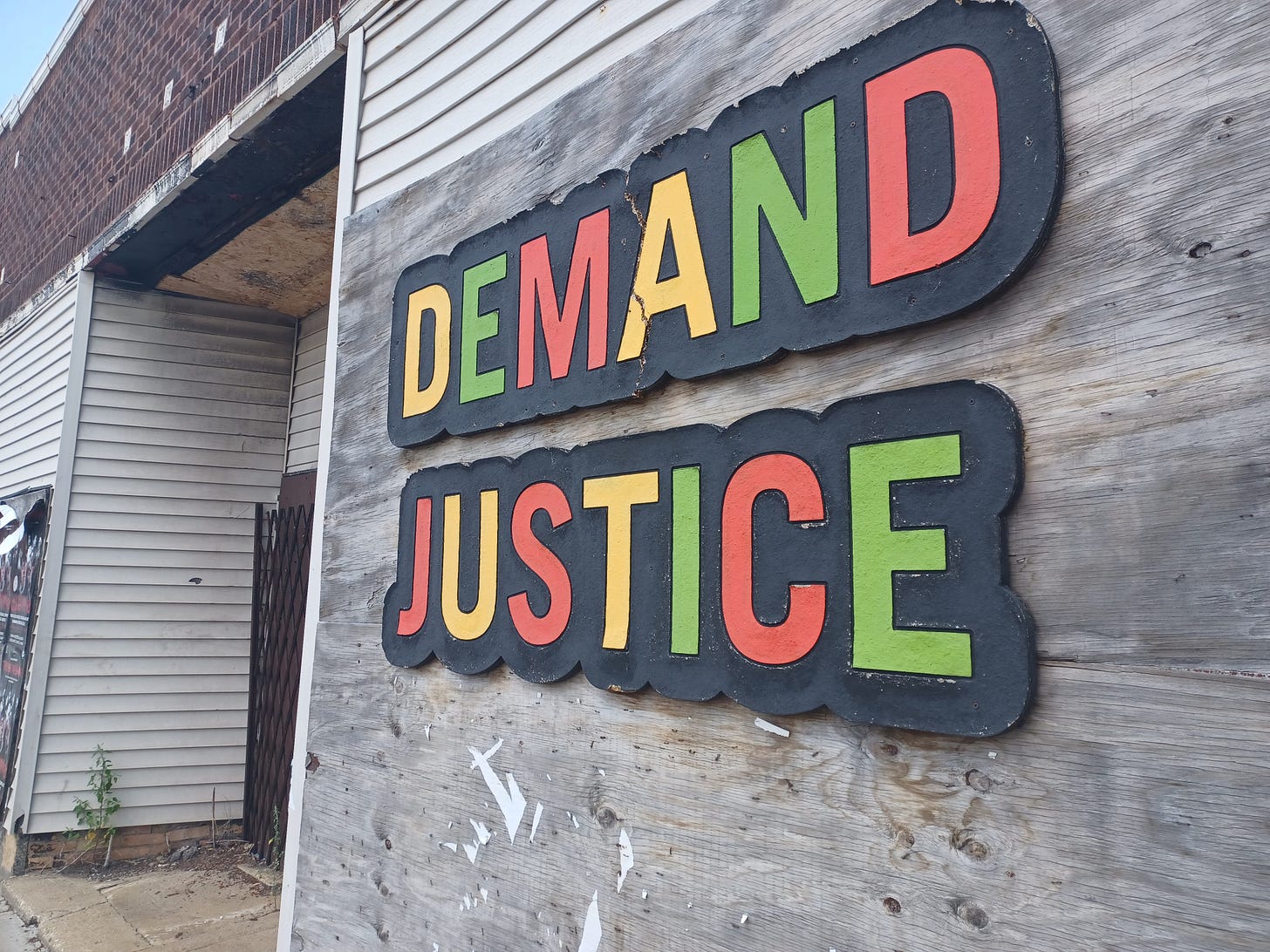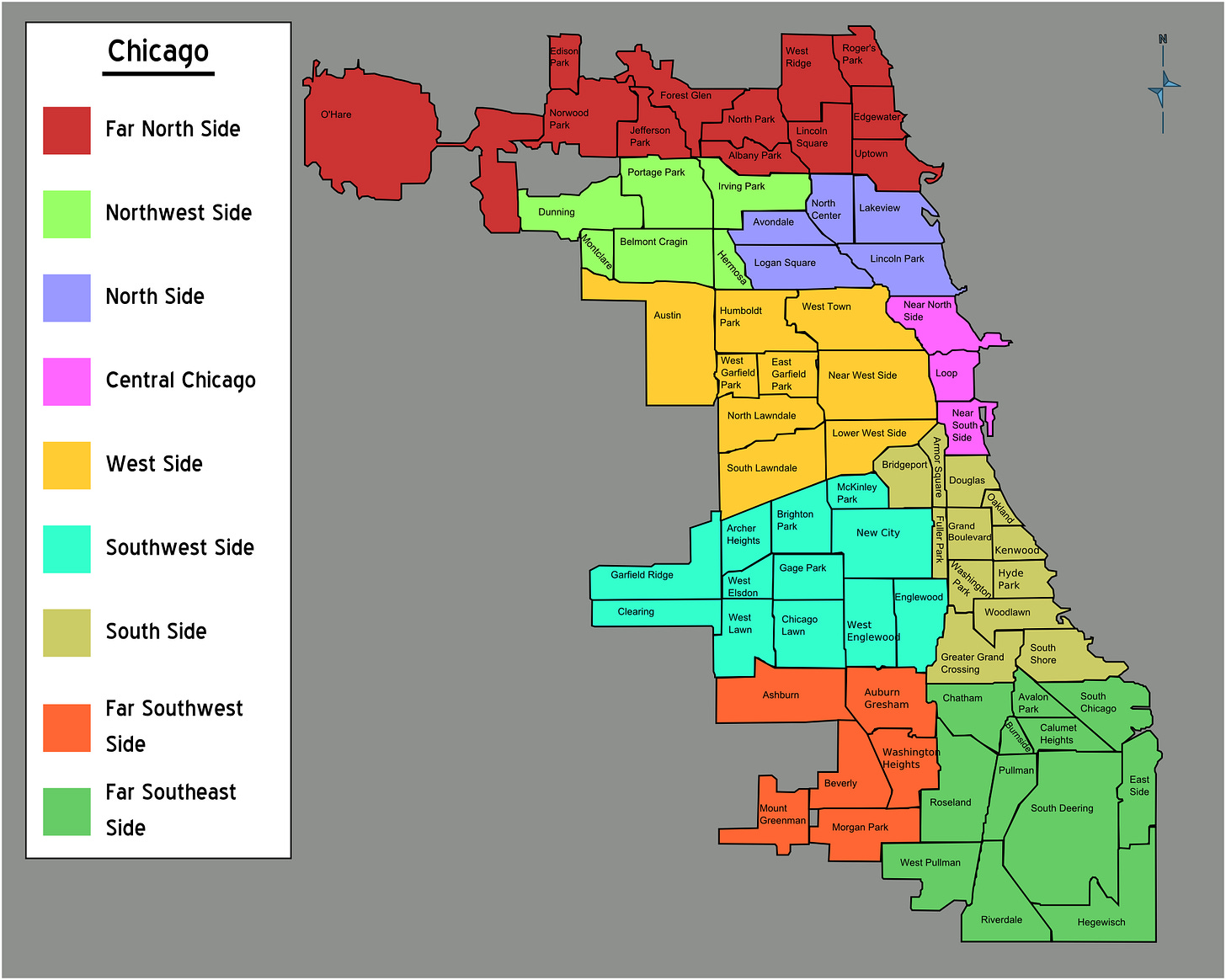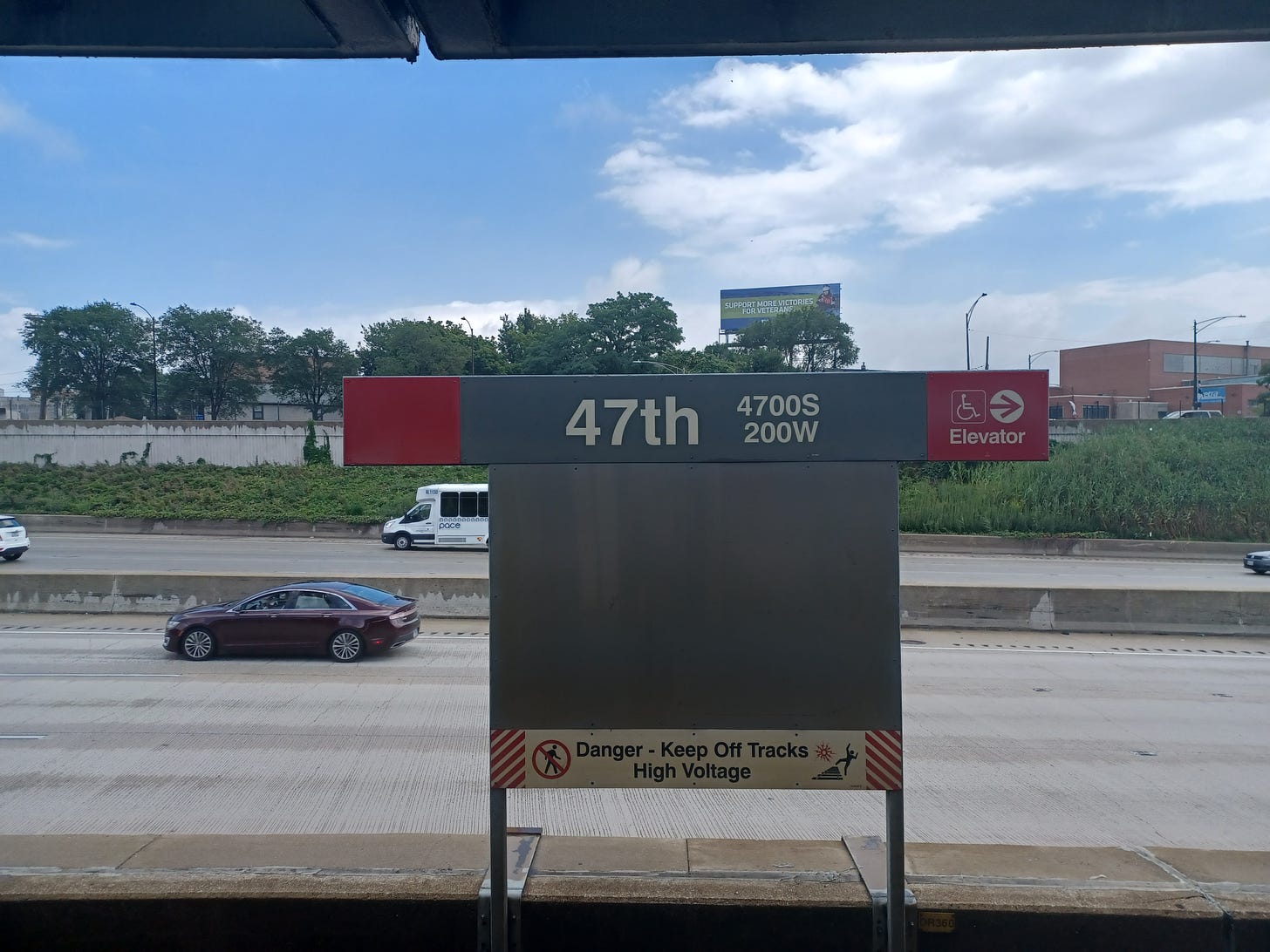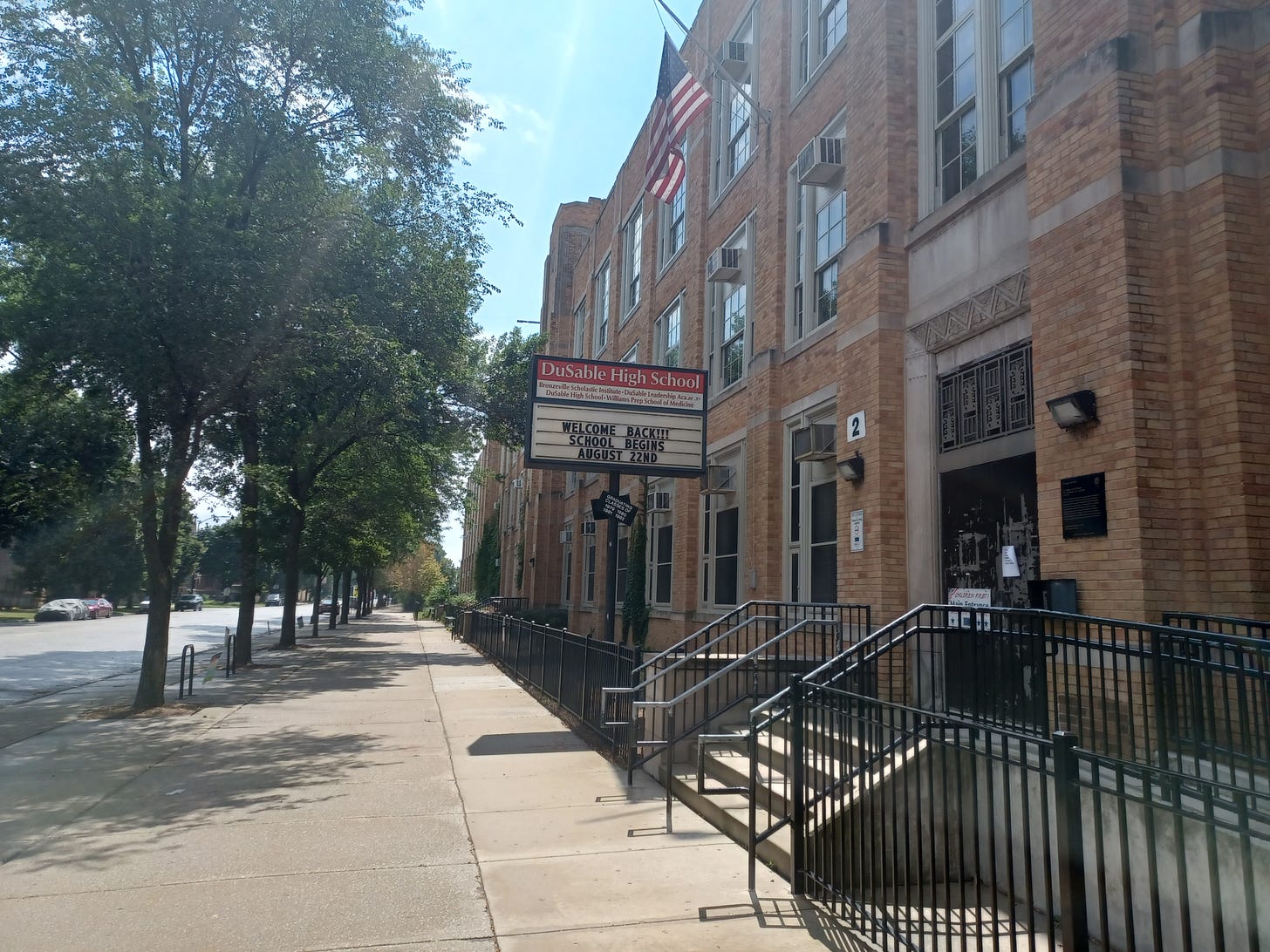Chicago's Inner City: A Pictorial Essay
Much has been made of Chicago's crime epidemic: I visited one of its roughest areas.
Note: Because this post has numerous photos, it is too long for the email. If you want to check out the full post and you received it by email, please click the title.
The crime in Chicago has become a national story.
Much has been made with many theories, but few visit the area to look for themselves.
Chicago is made up of seventy-seven neighborhoods: most of which are relatively safe.
Neighborhoods like Lincoln Park- where Lincoln Park Zoo is located- and the Gold Coast, River North and others account for very little of the crime.
The crime is centered in several neighborhoods in the south, west, and southwest sides of Chicago.
Former President Donald Trump observed:
I mean, you look at the numbers in Chicago. There are two Chicagos, as you know … There’s one Chicago that’s incredible, luxurious and all and safe. There’s another Chicago that’s worse than almost any of the places in the Middle East that we talk about, and that you talk about every night on the newscast.
That is a correct interpretation, no matter what you think of Trump.
I went down to Chicago’s south side to document the area.
I got off the red line at 47th Street.
This stop is near DuSable High School.
DuSable High School is named after the first documented resident of what is now Chicago: Jean Baptiste Point du Sable.
The first permanent settler in Chicago was a black man named Jean Baptiste Point DuSable. He may have been born on the island of Haiti around 1745 to a French mariner and a mother who was a slave of African descent.
DuSable was educated in France and then, in the early 1770s, sailed to New Orleans. From there, he made his way up the Mississippi River to Peoria, Illinois where he married a Potawatomi woman named Catherine in a tribal ceremony. The couple had two children, Jean Baptiste Point DuSable, Jr. and Suzanne. The marriage was formally recognized before a Catholic priest in Cahokia, Illinois in 1778.
DuSable settled along the northern bank of the Chicago River near Lake Michigan ca. 1779 and developed a prosperous trading post and farm. His cabin is often depicted as a modest structure, but written descriptions of the property suggest that DuSable may have lived more than a modest life.
The high school is one of several landmarks which honor the man.
Unfortunately, the high school sits in the middle of one of the rougher areas of the city.
What stands out when you visit one of these areas?
Keep reading with a 7-day free trial
Subscribe to Michael Volpe Investigates to keep reading this post and get 7 days of free access to the full post archives.







